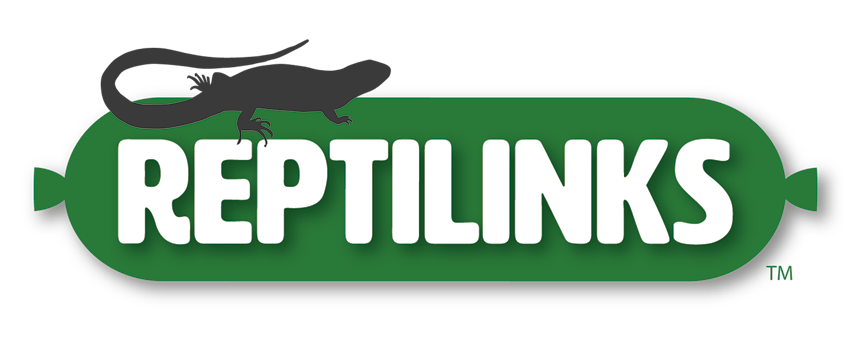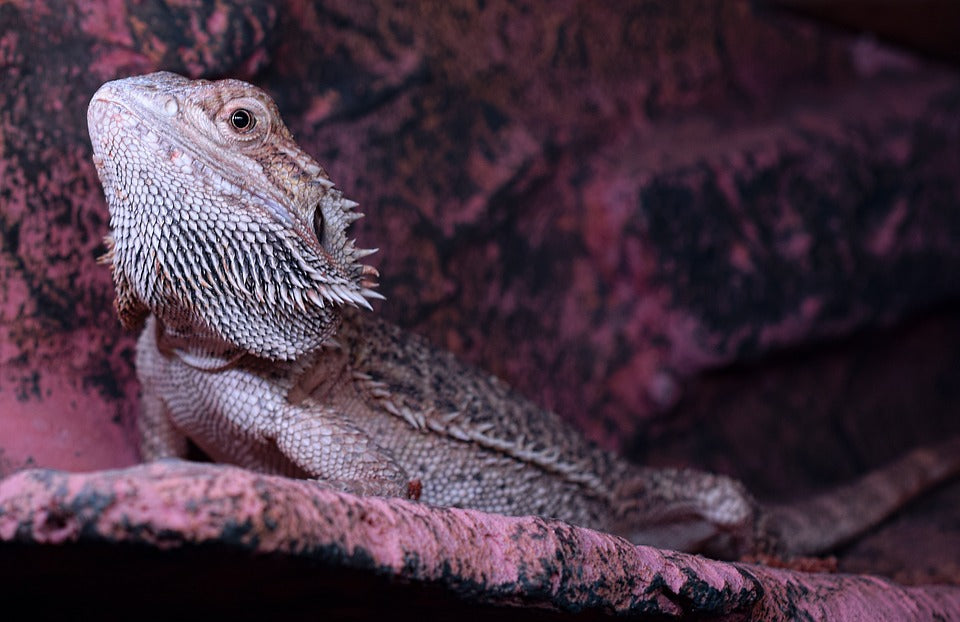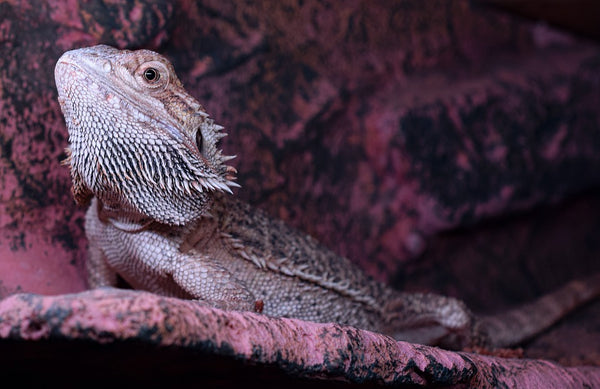
Guest Post by Mike Valverde
From the perspective of many ordinary pet owners, having a reptile as a pet can seem very intimidating. When I introduce people to Meatball, my pet ball python, they’re usually shocked at first. However, they’re also very curious and ask a lot of questions: how I got my snake, how I assembled his enclosure, how often I feed him, and so on. Answering these questions helps to demystify the entire process and usually relieves the initial feelings of intimidation my friends experienced. Because of this, they often develop an interest in having a pet reptile of their own and ask me for advice.
“Are bearded dragons good pets for beginners?” This is something I’ve been asked a lot, and the answer is essentially “Yes.” It’s true that there are many aspects of a bearded dragon’s habits, diet, and lifestyle that make them easier to care for when you’re just starting out. However, there are also a few downsides, especially when compared to some other beginner-friendly reptiles.
Keep reading to learn more about these wonderful creatures and decide if a pet beardie is the right choice for you!
Pros & Cons of Bearded Dragons

From my perspective, these are the benefits and disadvantages to owning a bearded dragon as your first pet. Check it out:
The Good
One of the biggest reasons people recommend bearded dragons for beginners is the fact that they’re one of the few reptiles that’s diurnal. What this means is that they’re active during the daytime— you can feed and handle them while the sun is out without much difficulty. Comparatively, hognose snakes and other reptiles are typically nocturnal, so they’re going to spend most of the daytime resting.
Speaking of handling, another advantage of keeping bearded dragons as pets is that they’re sociable and receptive to handling (if done properly). They can even be kept with other beardies when very young, although you’ll still want to keep a close eye on them to make sure they play well with each other! In comparison, you need to be a lot more careful when handling other reptiles, since they’re easily frightened and usually view humans as predators.
In addition to being diurnal, bearded dragons are omnivores, which means they can eat both meat and plant-based foods. While there are still some important exceptions, this means that a bearded dragon diet can consist of a wider variety of foods than other reptiles. Additionally, you can take all of the guesswork and most of the prep work out of your feeding routine by simply giving them 50/50 Omnivore Blend links to ensure a balanced diet.
When it comes to growth, bearded dragons experience a rapid size increase at a young age and max out in roughly one year at approximately 1½ to 2 feet. Although this is an easily managed size, this does come with some potential drawbacks, which you can learn more about below.
The Bad
As I just mentioned, bearded dragons grow rapidly in their first year of life. That means if you get a bearded dragon at a young age, you’re probably going to have to move it from a small enclosure into a much larger one in a short period of time: from 10 gallons to over 40 gallons. Enclosure size is incredibly important when it comes to properly caring for any pet reptile, and beardies are no exception. Unfortunately, the rapid growth they experience will most likely mean you’re going to need to purchase multiple tanks, bags of substrate, hides, humidity managers, and so on in a shorter period of time, which can be very costly!
After spending all that money setting up the ideal bearded dragon tank — and then setting up another one after your pet outgrows it — you’re only going to have your pet for a decade at most. That’s because the typical bearded dragon’s life expectancy is only 10 years, which is much shorter than many other reptiles. Aside from the feeling of wasting money, it goes without saying that getting emotionally attached to a pet that passes away after a short period of time can be emotionally devastating.
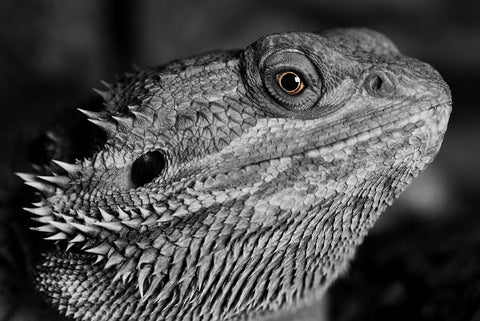
Finally, this last drawback is more of a personal nitpick. Bearded dragons are very good beginner pets, but that means they’re extremely popular and common among reptile owners. For me, part of the appeal of raising a pet reptile is how unique they are, and this sentiment is shared among many herp breeders and traders who like to hunt down rare morphs. And although there are some fascinating varieties of bearded dragon morphs out there, they’re still somewhat basic of a pet choice— which means you’ll miss out on a large part of herpetoculture.
Alternative Pets for Beginners
It’s not a bad idea for you to get a bearded dragon as a pet if you’ve never taken care of a pet reptile before. But what if you’re interested in trying something different? Here are some of my personal suggestions for other beginner-friendly reptiles:
Leopard Geckos
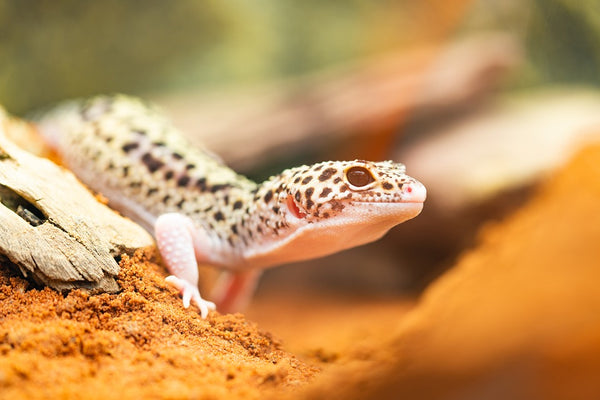
My first pet reptile was a leopard gecko, so I’m a bit biased toward them. But believe me when I say these are fantastic beginner pets for a few reasons. First, they stay small for their entire lives, so you don’t need as big of a tank. Second, they’re very easy to handle — even for children — despite being nocturnal. They also have longer lifespans than bearded dragons and come in an impressive variety of morphs.
Corn Snakes
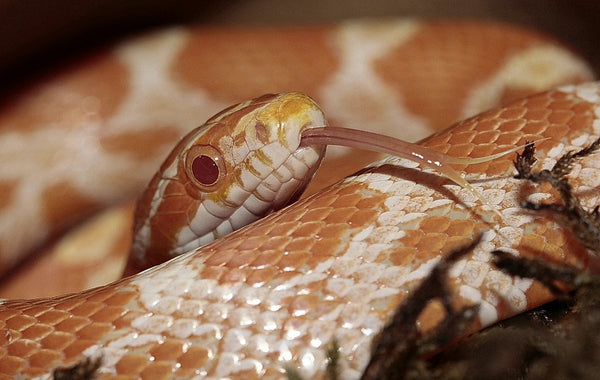
If you’re interested in specifically raising a pet snake, one of the best pets to choose as a beginner is a corn snake. Like leopard geckos, these creatures stay small for their whole lives and can be kept in one reasonably sized enclosure for their whole lives. They can also be handled without much difficulty, although they’re less kid-friendly than geckos.
Final Recommendation
At the end of the day, it’s a safe choice to get a bearded dragon if you’re a beginner to reptile care. However, remember to do the proper research when picking a breeder, setting up its enclosure, and feeding your pet. Although they may be great for beginners, don’t forget that your bearded dragon is a living creature that deserves to be treated well.
Thanks for reading!
Sources
- http://www.animalplanet.com/pets/other-pets/bearded-dragon-stats-facts/
- http://www.bio.miami.edu/tosney/file/BDcare.html
- http://www.reptilesmagazine.com/Which-Gecko-Species-Is-Right-For-You/
- http://www.reptilesmagazine.com/Snakes/5-Great-Beginner-Pet-Snakes/
